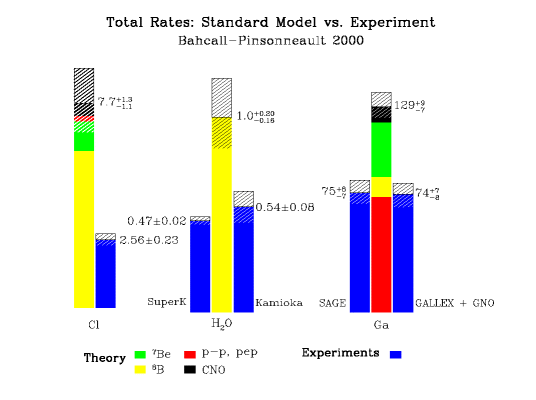

One particularly interesting feature that particle physicists study in detail is how frequently each of the three known kinds of neutrinos changes from one type into another as they move through time and space. Neutrinos are simultaneously the most abundant particles in the universe and one of the most elusive. The international Deep Underground Neutrino Experiment, or DUNE, hosted by Fermilab, will answer one of the biggest open questions in particle physics: How different is the behavior of neutrinos from antineutrinos? The answer rests on our understanding of how electron neutrinos interact in detectors like ArgoNeuT and DUNE across a broad range of energies. This is a channel critical for future experiments that seek to understand the difference between matter and antimatter in the world of neutrinos. If it interacted via the weak force, as all matter does, then we could devise experiments that would shed some light on its constituents.The ArgoNeuT collaboration at Fermilab has published measurements of neutrino interactions using new strategies for identifying electron neutrinos. It should interact via the gravitational force, which is actually the very reason why dark matter was invented in the fist place, to explain why sometimes there seems to be a much greater gravitational field than the one caused by visible matter. As you may know, dark matter does not seem to interact via electromagnetic interaction (it's dark, it does not emit light). WIMPs ( Weakly Interacting Massive Particles) are the hypothetical constituents of dark matter. So they needed an extra particle that the positron could have splitted the energy with).īy the way, this is how the neutrinos that come from the Sun are created: during nuclear fusion, a proton turns into a neutron thus releasing a neutrino.Īnd yes, there is a relationship with WIMPs. ( EDIT: what I said is true, but it is not actually the real reason why the neutrino was first postulated: the spectrum (distribution) of the energies of the positron was continuous, which did not agree with the expected spectrum for a two-body decay. So the neutrino (or in this particular case an antineutrino) was predicted as a uncharged lepton, with half integer spin. Wolfgang Pauli theorised their existence after the observation of the neutron decay: what they saw was a neutron (uncharged, half-integer spin) decaying into an electron (charged -1, half integer spin) and into a proton (charged +1, half integer spin).Īlthough charge was conserved, this decayed violated the conservation of lepton number, and the spins did not add up correctly (two half integer spins add to an integer). Neutrinos do seem to be useful though, in particular as far as conservation laws are concerned: for example, a large fraction of the Sun's energy is radiated in the form of neutrinos, which needs to be taken into account when computing the energy output of our star (see here).Ī more important role played by neutrinos is the following: Why are there muons and taus if matter is not made up of them? If you are asking about the reason as to why this happens, then I am afraid there isn't one. The neutrino has a strong connection to the weak interaction because, being uncharged and very light, it doesn't couple to any of the other three fundamental interactions. The gravitational and the weak forces are the only interactions that affect all matter, which is made of fermions.


 0 kommentar(er)
0 kommentar(er)
